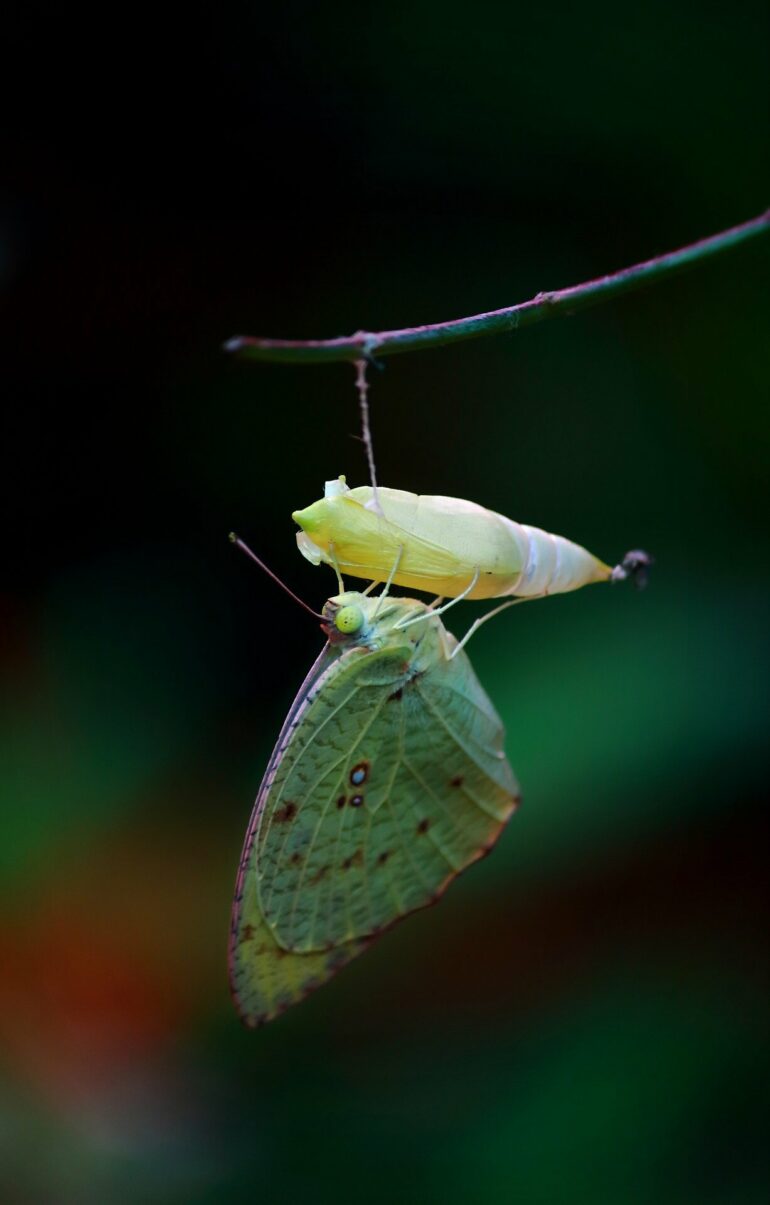A research team of scientists from Freie Universität Berlin and Princeton University has provided insights into the origins of complete metamorphosis in insects.
More than 60% of all animal species are insects. The majority of these species undergo complete metamorphosis, whereby the larva transforms into a pupa and then an adult. A classic example of this process is the caterpillar’s transformation into a butterfly.
During the pupal stage the insect’s body is totally reconstructed, a process that even affects its internal organs. The question as to the evolutionary advantages behind this radical change among such a high percentage of animal species has hitherto evaded a straightforward answer.
One hypothesis is that this process allows for more rapid growth during the larval stage as the adult structures form in the pupal stage after which the animal emerges fully grown. Rapid growth is often advantageous in situations where resources are scarce or seasons are short.
A new study titled “Rapid Growth and the Evolution of Complete Metamorphosis in Insects,” recently published in the Proceedings of the National Academy of Sciences of the United States of America, demonstrates the plausibility of this scenario through a comparison of different species of insects, using a mathematical model.
Researchers from Freie Universität Berlin, Princeton University, and Leibniz Institute of Freshwater Ecology and Inland Fisheries investigated whether insects with a pupal stage grow faster than insects that do not go through this process. The former group of holometabolic insects includes beetles, butterflies, hymenoptera, and flies, while the latter group of hemimetabolous insects includes aphids, crickets, and grasshoppers, which do not have a pupal stage. The larvae of holometabolic insects do indeed grow much faster than other insect types.
In order to demonstrate that rapid growth by means of a pupal stage is evolutionarily advantageous, a mathematical model was created in cooperation with Professor Jessica Metcalf from Princeton.
“The findings produced by combining data from different insect species with and without pupal stages and using a mathematical model strongly indicate that the complete evolution of insects came about as this is the only way of ensuring rapid growth, which is also ecologically beneficial,” says first author of the study Dr. Christin Manthey, an evolutionary biologist who now works at the Max Planck Institute for Chemical Ecology in Jena, Germany.
“There are also other hypotheses out there that try to explain why insects undergo metamorphosis, but these have yet to be investigated,” says principal investigator Professor Jens Rolff, a biologist at Freie Universität Berlin.
“In light of the important role that insects play in our ecosystems as well as in our food production, as both pollinators and herbivores, this fundamental aspect of their biology is vital to better understanding these insects.”
More information:
Christin Manthey et al, Rapid growth and the evolution of complete metamorphosis in insects, Proceedings of the National Academy of Sciences (2024). DOI: 10.1073/pnas.2402980121
Provided by
Freie Universitaet Berlin
Citation:
How the butterfly got its pupa: Modeling study traces origins of complete metamorphosis (2024, September 10)



